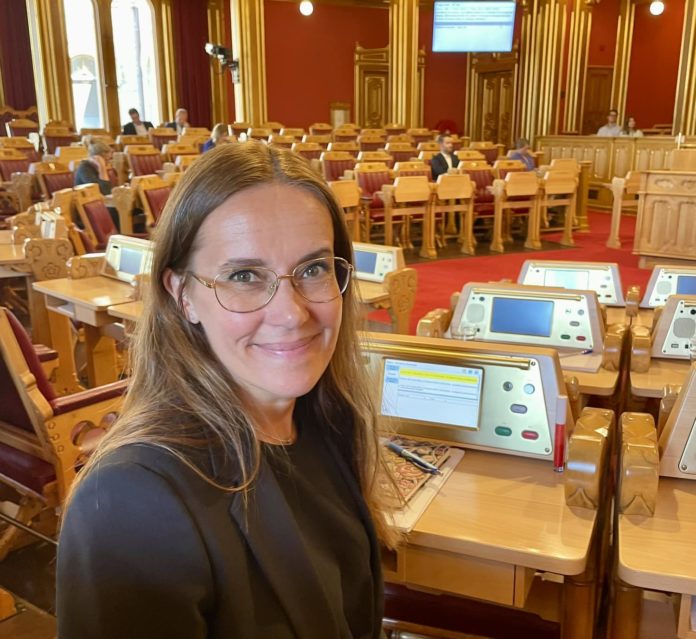Operators with strong environmental records stand to benefit under Norway’s proposed aquaculture reforms, while others face “significant restructuring,” according to Fisheries Minister Marianne Sivertsen Næss.
Norway’s Minister of Fisheries and Oceans, Marianne Sivertsen Næss, has strongly defended the government’s proposed aquaculture reform, arguing it will reward producers who operate sustainably while tightening environmental oversight of the industry.
The reform, set out in the government’s newly published aquaculture report, would replace Norway’s controversial production growth traffic-light system with sea lice emission quotas tailored to local environmental capacity. Under the new model, producers with lower biological impact will no longer be held back by volume limits and will instead be free to grow.
“Actors who operate well, with low environmental impact and good welfare, will have the best starting point in the new system. For others, it will require significant restructuring,” Næss wrote in an op-ed appearing on IntraFish.no. She dismissed criticism of the changes as predictable: “The proposals have sparked debate. As expected.”
She further pushed back against claims that the reforms would destabilize the sector, stating, “It is important to keep in mind that all locations are continued and that no one loses existing production rights.”
Instead of setting caps on biomass, the new system introduces a quota for the amount of sea lice an operator can release, based on what the local marine environment can tolerate. Næss argued this would finally allow the regulatory system to distinguish between strong and weak performers: “Introducing a system of quotas for how much sea lice one is allowed to release makes quantity restrictions at the company level unnecessary.”
How does Norway’s traffic light system for salmon farming work?
To reinforce fish welfare standards, the government also proposes a mortality fee, which would begin at a low rate but may rise over time. “This will encourage stakeholders to intensify their efforts to reduce mortality and prevent escapes,” Næss wrote. “Fish welfare will be so good that most people will not have to pay this fee.”
She acknowledged that change would be uncomfortable for some, but said that industry leaders who were already operating responsibly should welcome the reforms: “This is how we make it more profitable to operate sustainably.”
Responding to criticism from parts of the sector, Næss noted: “The challenges in the industry must be solved, and I hope the industry realizes that they need to think differently. I completely agree with that.”
She pointed to support from media and commentators as evidence of momentum: “DN believes that ‘the aquaculture report sets the tone for smarter Norwegian fish farming’… I could not agree more.”
The reform package, now being considered by the Storting, will undergo both oral and written hearings. Næss concluded with a clear message to her critics: “The government, of course, wants the industry to succeed. But it must become more sustainable.”


